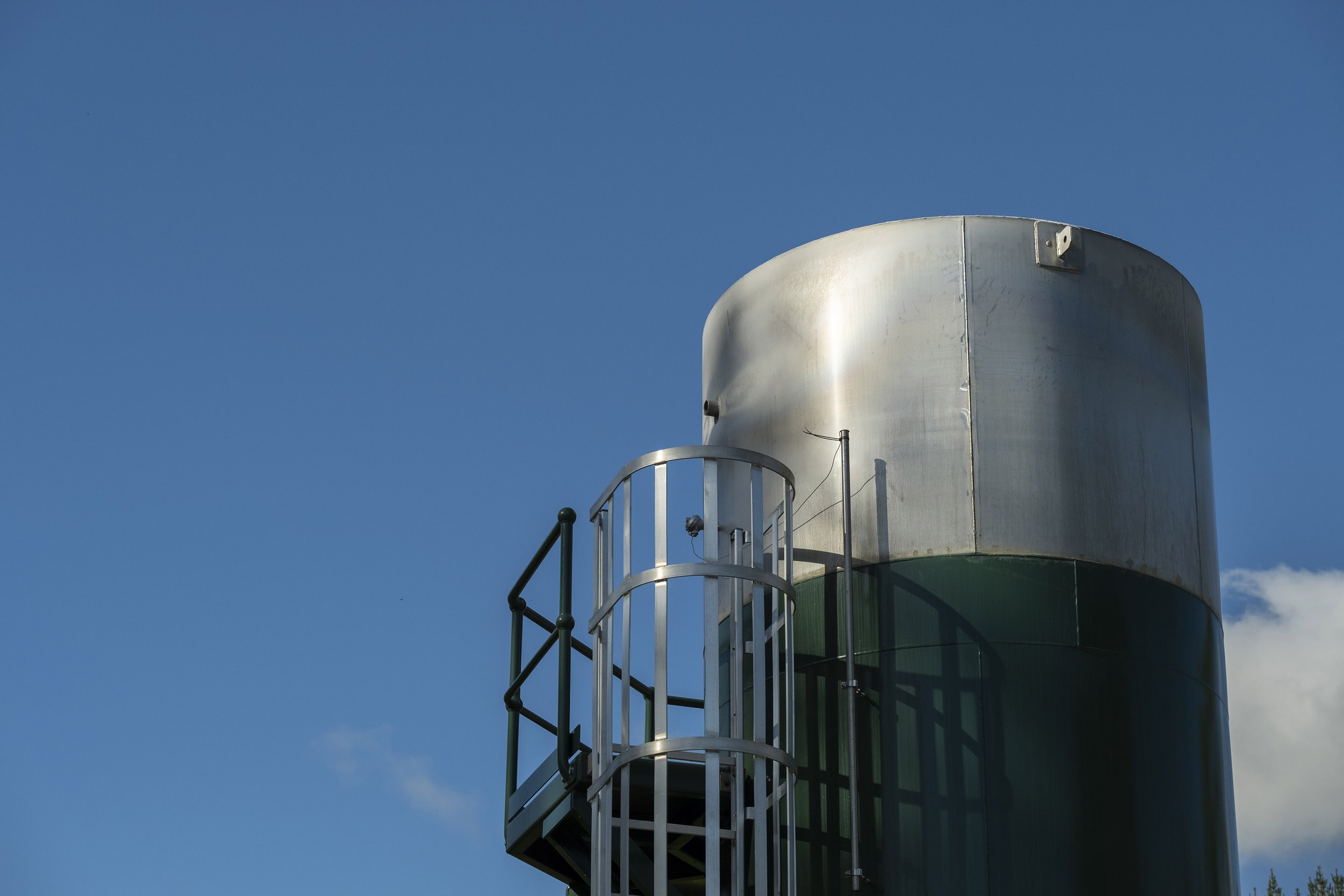
Emissions reductions
Reducing emissions targets per tonne of waste were also set with these being reviewed and reported on annually along with the improved capture and reuse of landfill gases. An annual review of the efficacy of greenhouse gas mitigation measures was also implemented to help inform measures for inclusion in the business plan.
A new enclosed flare was also installed at York Valley which is significantly reducing greenhouse gas emissions. The new enclosed flare has improved the emission destruction efficiency which further reduces ETS liabilities. Historically the gas capture has been very low, and in order to meet the emissions targets set in the Business Plan and the Climate Change Commission’s 2021 advice to the government regarding landfill gas capture, further work is programmed in to address this.
From the 2020/21 business plan, the NTRLBU has included a focus on greenhouse gas emission reductions, climate change effects and environmental impacts. Initiatives include annual Solid Waste Analysis Protocol (SWAP) studies, emissions measurement and reporting, and investigating the reuse of landfill gases.
The former York Valley gas extraction and flare system including flow meter and gas analyser was installed at Eves Valley landfill in 2022 which enables the measurement and destruction of gas. This is destructing 140m3 of landfill gas (at 60% methane) per hour. Based on initial measurements, it has been estimated that the flare will prevent the equivalent of 13,750 tonnes of CO2 from being discharged into the atmosphere each year, which is equivalent to reducing car travel by 81 million kilometres a year.
The 2021 Unique Emissions Factor was calculated at 0.518 tones of carbon dioxide per ton of waste. This equated to 40,443 tons of CO2 emitted. This is a reduction from previous years and theaim is to reduce the UEF to 0.35 by 2024/25. A unique emissions factor is a value given to an activity in the New Zealand Emissions Trading Scheme (ETS) based on how emissions-intensive it is. When an emissions return is completed, the emissions factor is multiplied by the amount of product produced in a given period to give an emissions total for that time. The aim is to continually reduce the UEF as this is a consequence of a reduction in emissions in real terms, and consequently reduces the ETS costs for the landfill.
